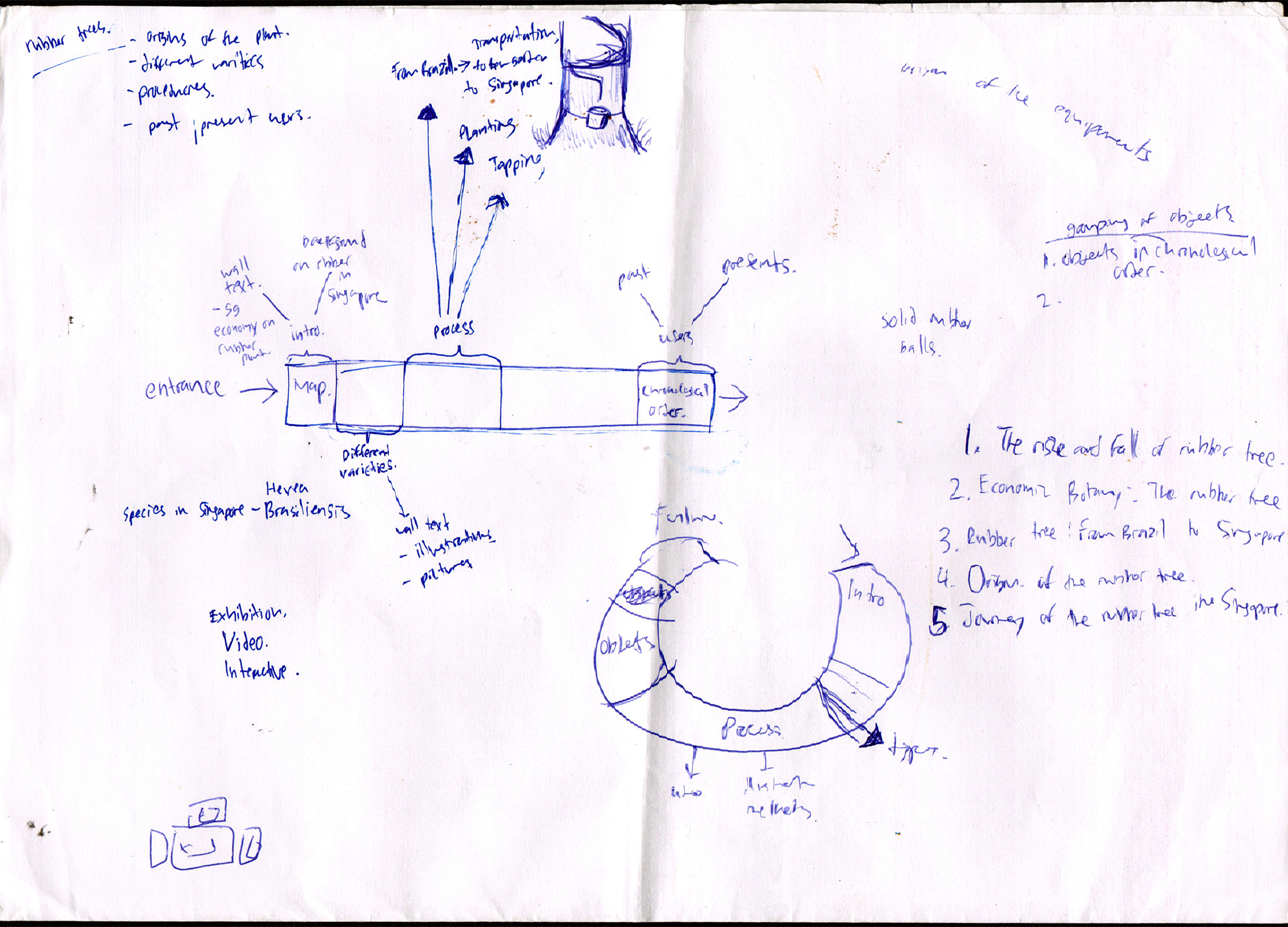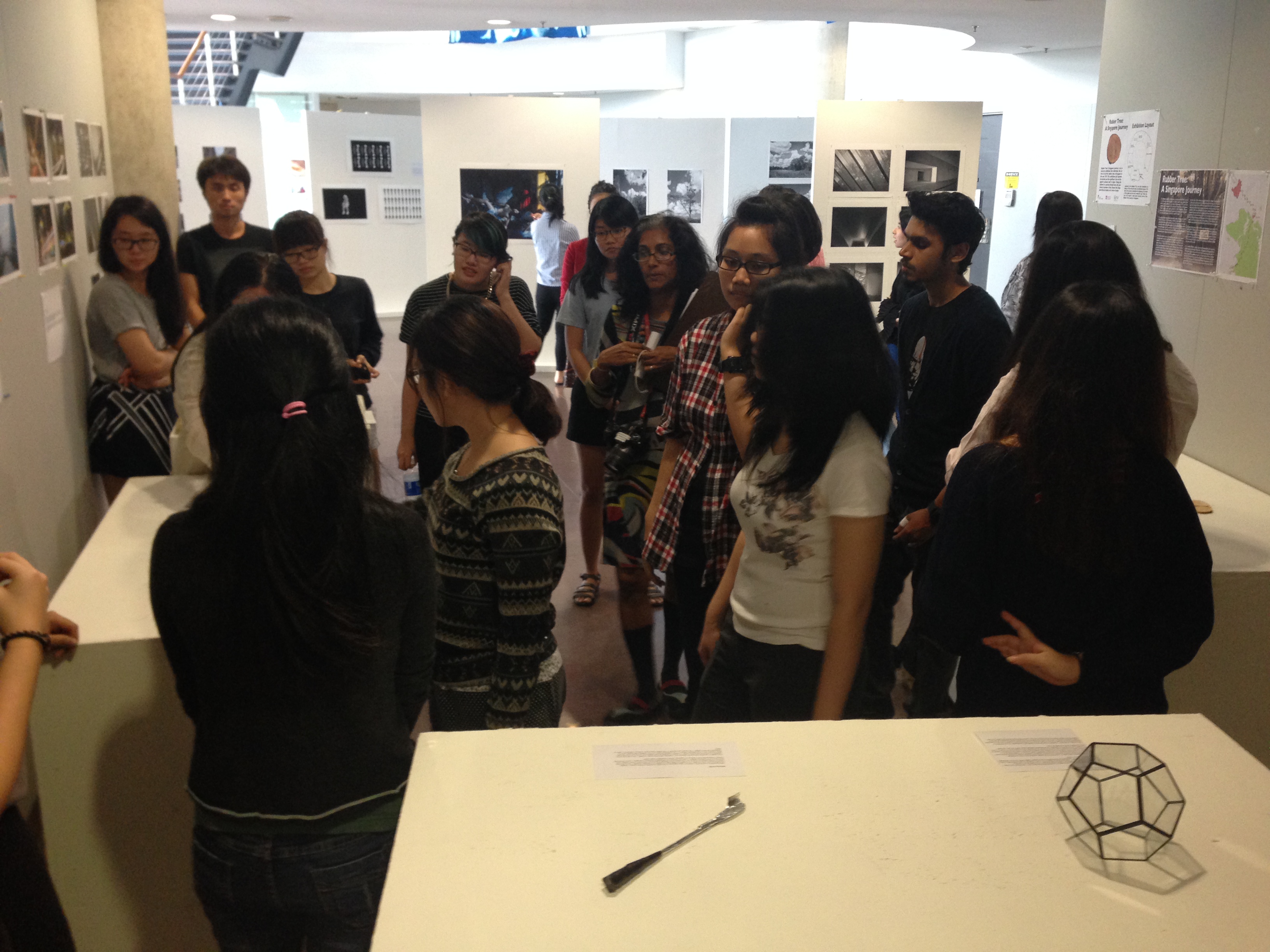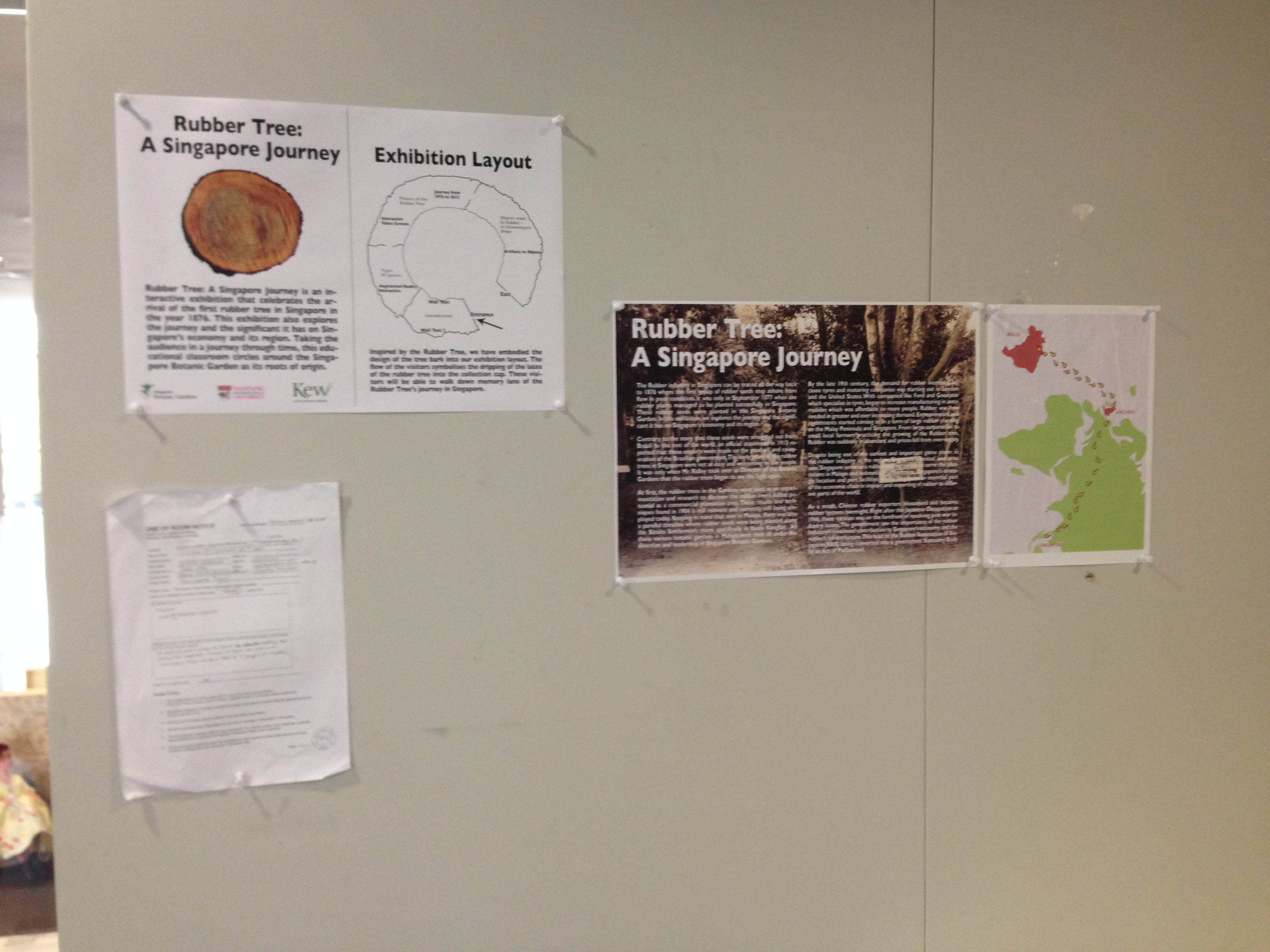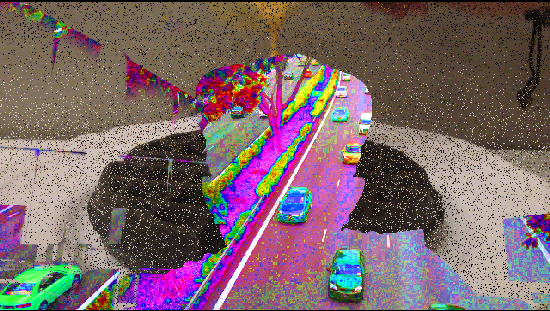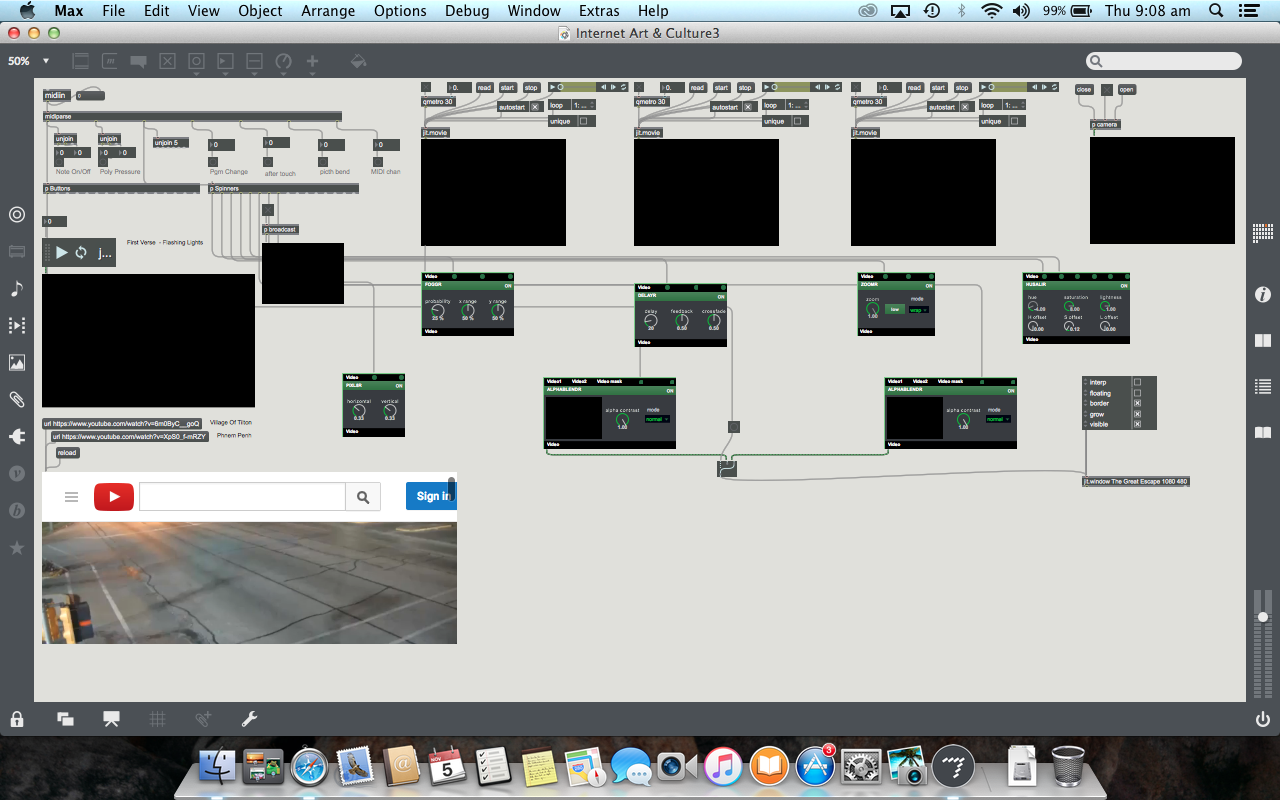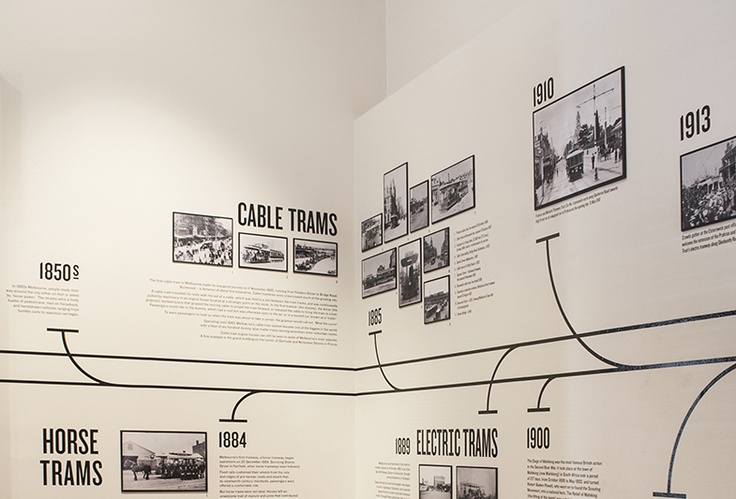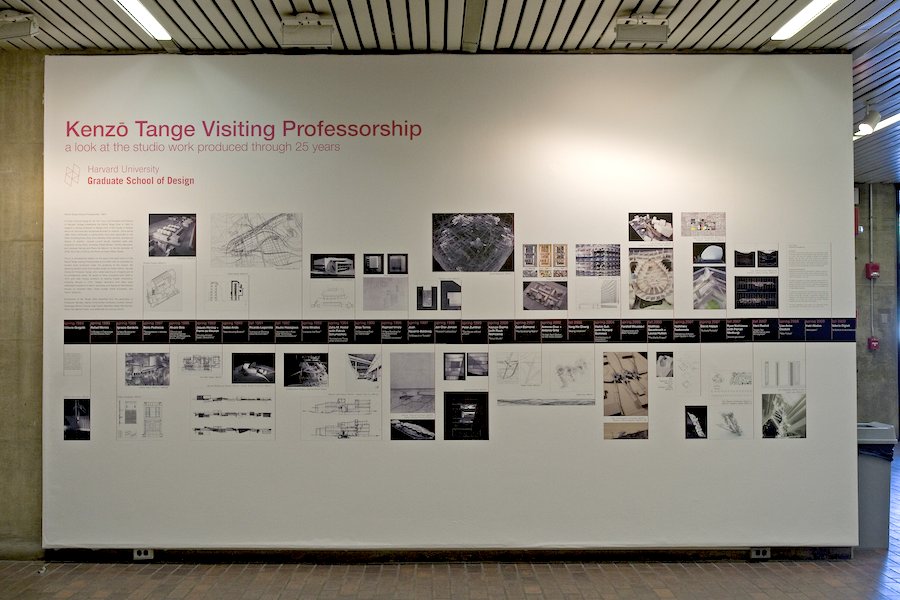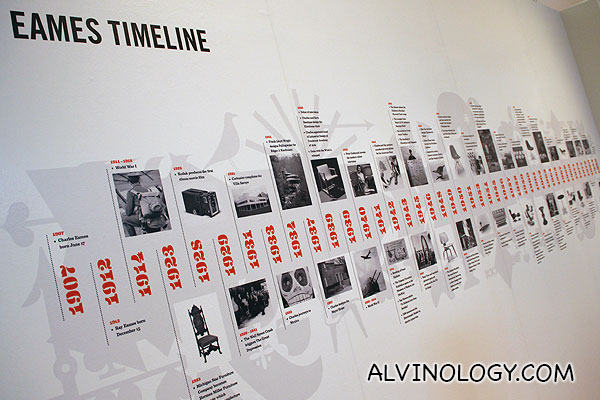Wardian Case
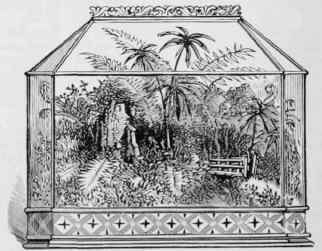
In 1829, when Nathaniel Bagshaw Ward was working on a separate study on his insects, an unexpected revelation occurred. A fern and some blades of grass was growing from the bottom of the bottle where the hawk-moth was in. This inspired Dr. Ward to conduct more research on this unexpected plant growth.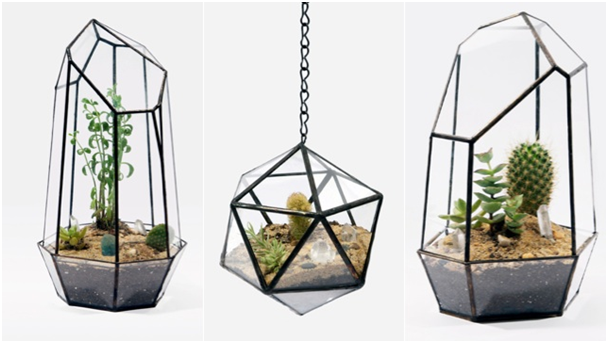
Being credited as the inventor of the Wardian Case, Dr. Ward never expected the outcome of the closed glass bottle study of the moth’s metamorphosis would came out another unintended result. Living in Whitechapel during the Industrial Revolution in the 1820s, the air was very unhealthy and poisonous. During this period, not only humans were affected with the dirty atmosphere, the horticulture was also badly troubled by this. He was unable to grow any plants despites many years of trying due to the bad environment in the place where he stayed.
Right after the serendipity discovery, Dr. Ward did numerous experiments by putting different variety of plants in closed bottles and with each case, they survived with no negative effects at all. The science is this, the glass bottle was closed with a tight fitting lid and this enclosure create a better environment, free from the dangerous degrading air by the nearby factories. Thus, the Wardian Case was born, to protect plants from the air outside, having its own little world, its own weather; a miniature greenhouse with its own sustaining cycle of life. Growing a garden is now possible.
As the Wardian Case is made of glass, the evaporation and the condensation of water is in an infinite cycle as if creating its own natural system. In the day, the sunlight evaporates the moistures and in the evening, the moistures drops back into the soil through the condensation. This way, the plant will always be watered.
At one point of time, the Wardian Case and the growing of these ferns became a craze and a minor cult for about a decade. However, in the early 1850s, 3 advancements took place that caused it to burst into a big mania. Firstly, an illustration book on ferns was published and this excites people to go in search of them and bringing them home in their wardian cases. Secondly, glass became cheaper after duties on them was lifted. Thirdly, people’s taste in design was shifted towards being contemporary with the wardian cases as a ornate objects. The fern obssession led to the mass production of the wardian cases.
Meanwhile, plant explorers, their sponsors and ship captains found Dr. Ward invention an opportunity to move plants from one part of the world to the other. This commercial transportation of plants, were the first discover uses for Dr. Ward’s invention. During the voyage, these Wardian Case were placed on the deck for natural light and as long as the cases were left alone untouched, they arrived in perfect condition. Being in cases also means that they are free from the salt and dirt accumulated during many months at sea. In 1848, the first tea plants from China was transferred to India by Robert Fortune with the help of the Wardian Case.
This shipment of seeds across continents to the British colony brings vast profits and also created opportunities for employment. Other than pure industrial prosperity, another motivation that spur the development of economic plants came from encounters with other colonizers such as the Dutch and the French. This proves that the Wardian Case was the ultimate weapon in Britain’s imperial interests.
Transportation of seeds and plants also means that exchanging of knowledge and learning was taking place. The Kew Garden, home to the research centre and an institution in economic botany, sent out seeds and commandments to ‘satellite gardens’ all over the world. The Wardian Case plays an instrumental role in leading such worldly exchanging of ideas and knowledge.
However, despite being mass-produced, the Wardian case has its own share of criticism. Keeping plants in a close lid bottle did not go well with the ideology of the botanical principles; where plants should be kept in an open garden. Furthermore, the moving of mass seeds across the world have the British playing ‘God’ in a sense. It is ironic how the Wardian Case was invented to find solution for the industrial pollution when in the first place, these pollution was made by the industrial technologies that created the mess.
Bibliography:
1. Unnatural History: Ward’s Glass Cases
Author(s): Margaret Flanders Darby
Source: Victorian Literature and Culture, Vol 35, No. (2007), pp. 635-647
Published by: Cambridge University Press
Stable URL: http://www.jstor.org/stable/40347179
Accesssed: 02-11-15 15:56 UTC
2. Dr Ward’s Case
Author(s): D. E. Allen
Source: The British Medical Journal, Vol 2, No. 5966 (May 10, 1975), pp. 324- 326
Published By: BMJ
Stable URL: http://www.jstor.org/stable/20472995
Accessed: 02-11-2015 15:52 UTC
3. Review
Author(s): Susan Sheets-Pyenson
Review by: Susan Sheets-Pyenson
Source: Isis, Vol. 72, No. 3 (Sep, 1981), pp. 495-496
Published by: University of Chicago Press on behalf of History of Science Society
Stable URL: http://www.jstor.org/stable/230271
Accessed: 02-11-2015 16:09 UTC
4. The Rubber Industry: A Study in Competition and Monopoly. By P. T. Bauer. [Publications of the London School of Economics.] Cambridge: Harvard University Press
5. Chapter Title: GARDENS UNDER GLASS
Book Title: The Indoor Gardener
Book Author(s): DAISY T. ABBOTT
Published by: University of Minnesota Press . (1939)
Stable URL: http://www.jstor.org/stable/10.5749/j.cttttjx1.5












